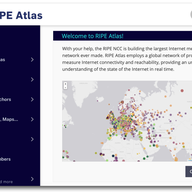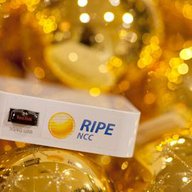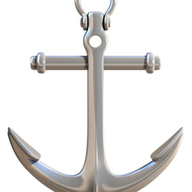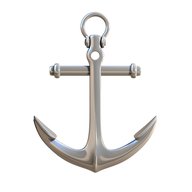
Rolling Out the RIPE Atlas Redesign
• 6 min read
You may have noticed that, as of this past week, RIPE Atlas is looking different. To explain what's changed and why, here's a quick update on our latest efforts in rolling out the new design we've been working on for our services.



















“Thank you for this report. I have a couple of questions: Have you tested the impact of VM performance on measurements? In particular have you implemented performance reporting that would allow us to detect if measurements are impacted by VM performance problems? Are there draft requirements for anchor VMs and do they consider VM performance? As you mention scaling the back-end and support infrastructure may become a problem if the investment of the host becomes very low. Have you considered asking the hosts of VM anchors to contribute to these costs? Daniel”
Hi Daniel, I’ll respond to each of your questions in turn. No, we haven't tested the impact of VM performance on measurements and have no plans to do any performance reporting. However, if more people are interested in it we might include this in our planning. What we did do was compare the measurement results between a physical and virtual anchor both hosted in the same location. We didn’t see any significant differences. You can read more in this article on RIPE Labs: https://labs.ripe.net/Members/stephen_strowes/comparing-virtual-and-metal-ripe-atlas-anchors There are draft requirements that were given to the volunteers in the pilot. As it might be interesting for everyone to see these, we have added them to the end of this article as an addendum. As you can see, they do not consider VM performance but they are based on the requirements of the hardware anchors. Yes, we are talking about possible contributions. It is not new to ask contributions to RIPE Atlas users when they become more involved in the usage of our system (but this is independent from the anchor being a VM or the Hardware version). Thank you for your questions!
Showing 1 comment(s)